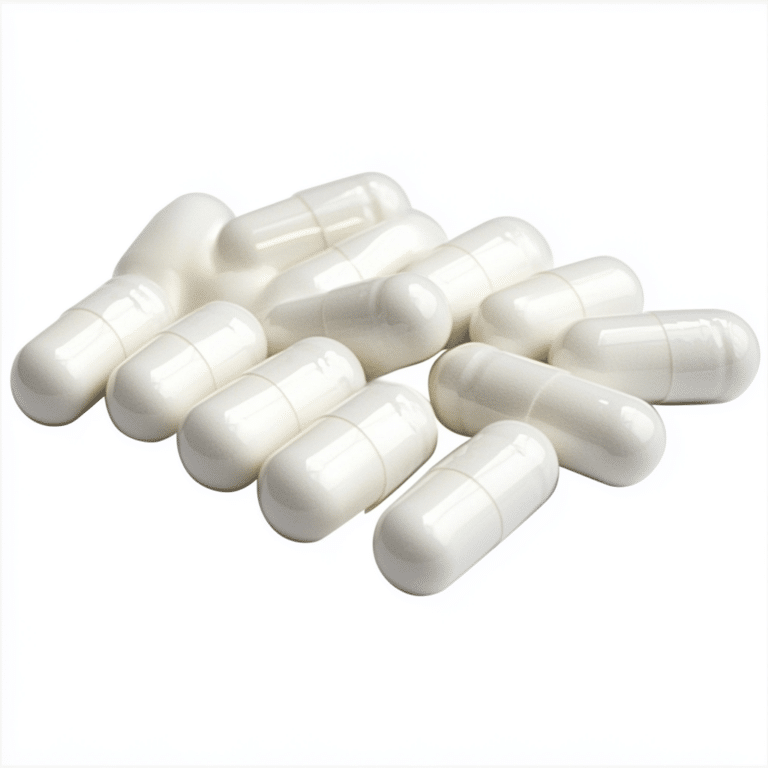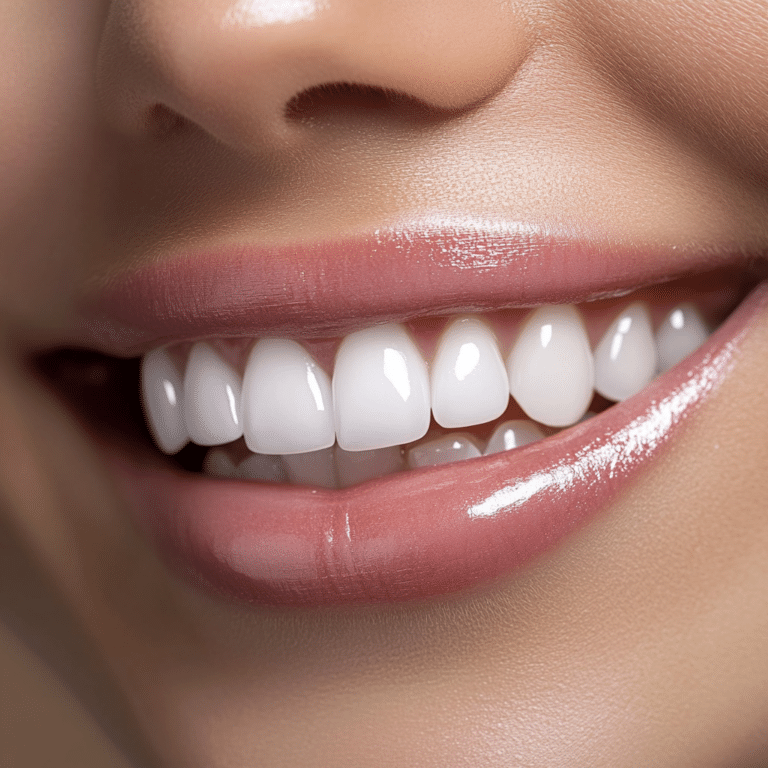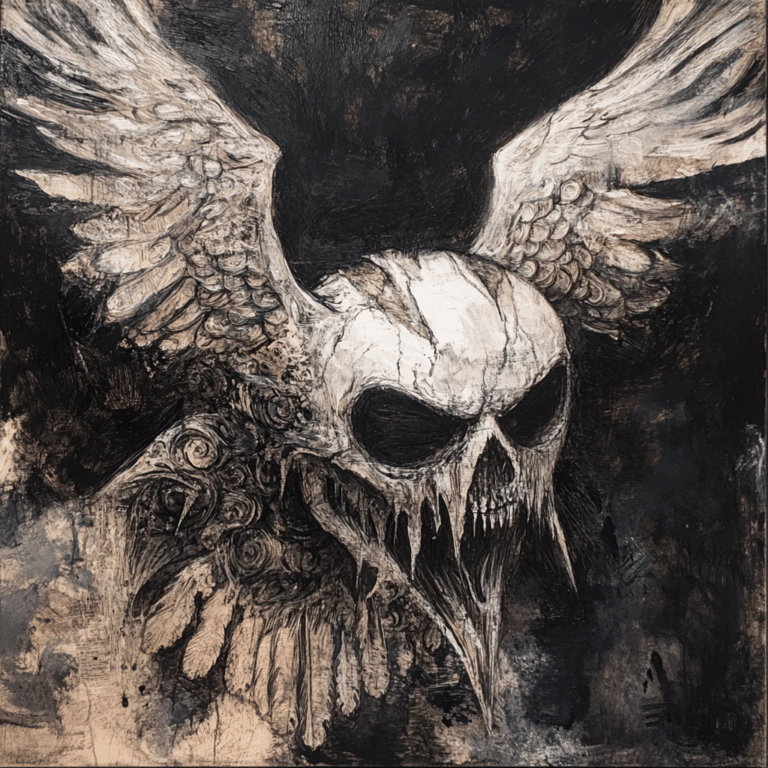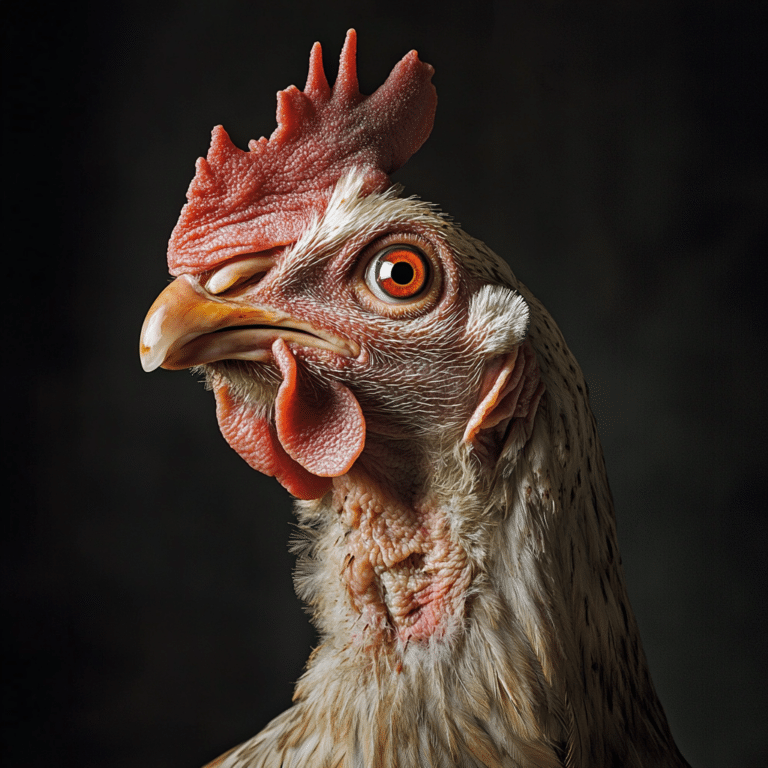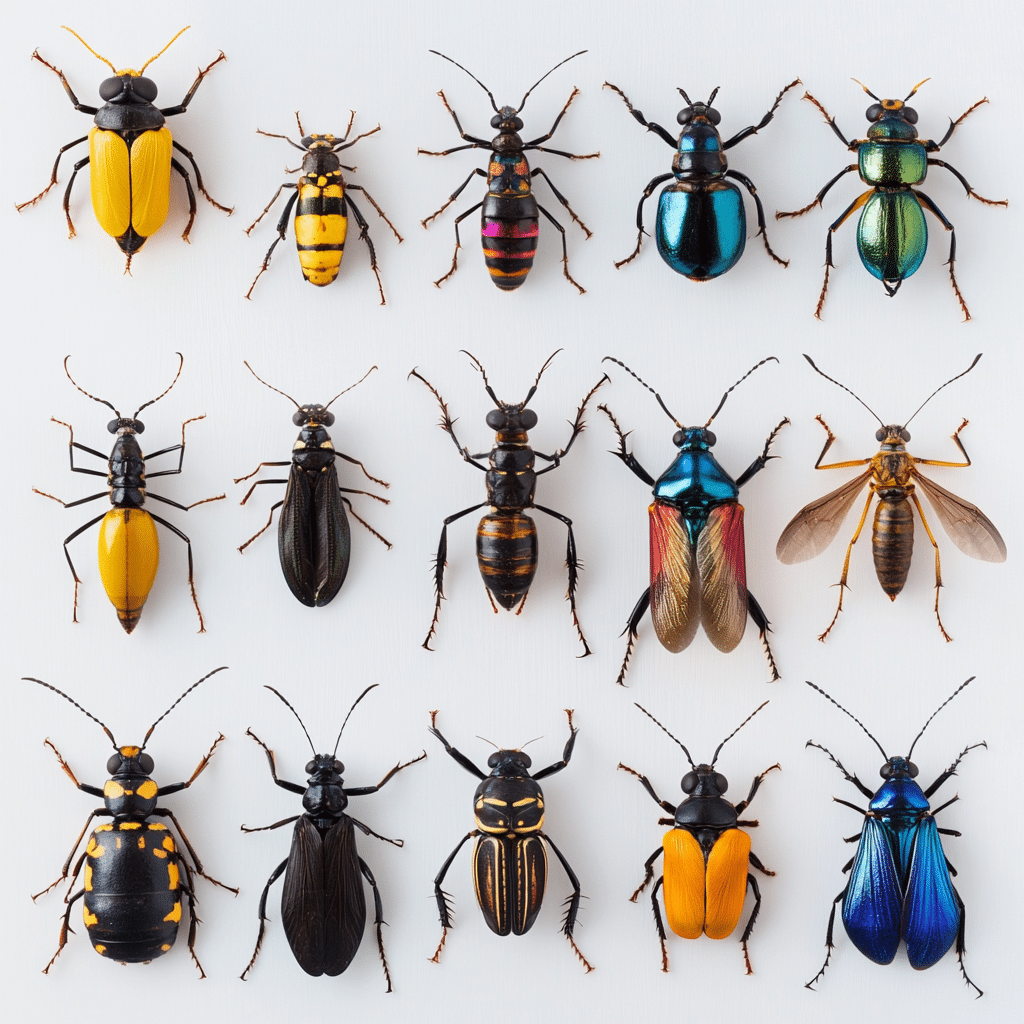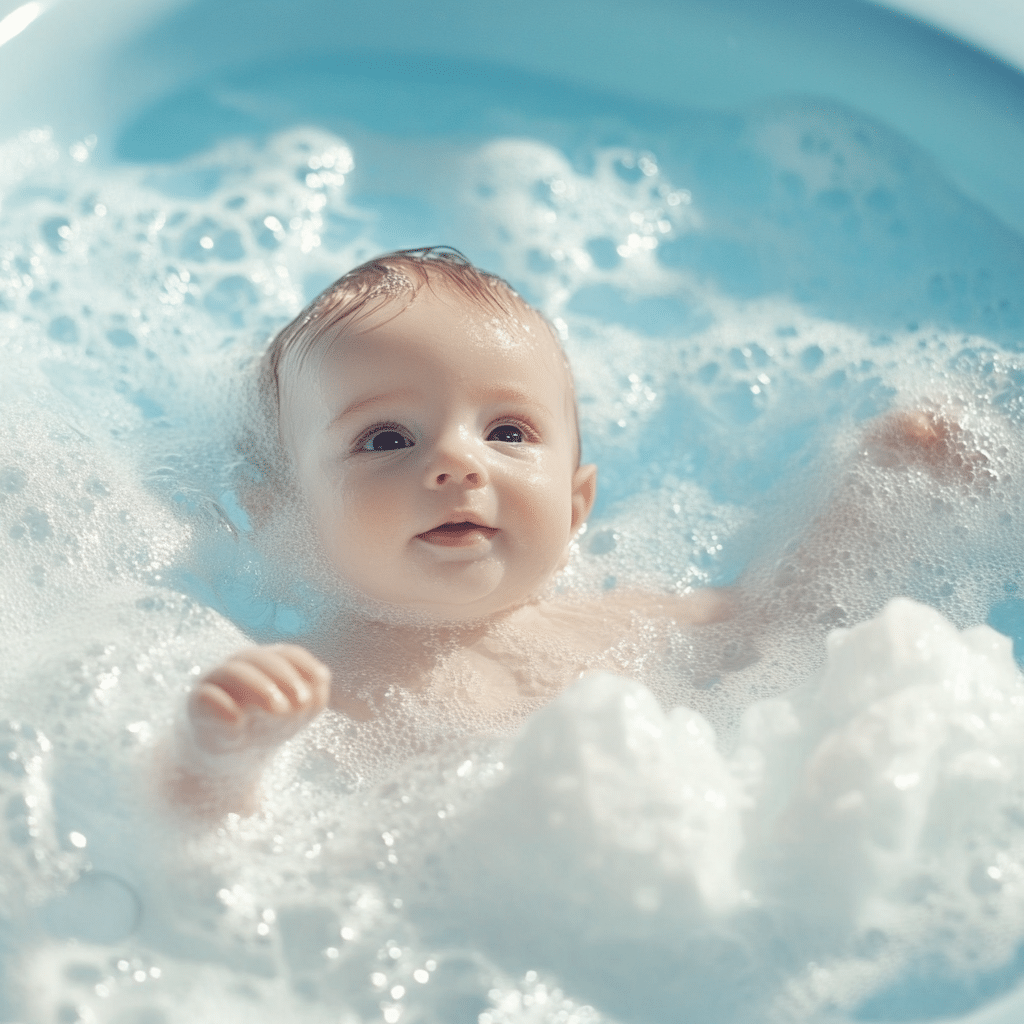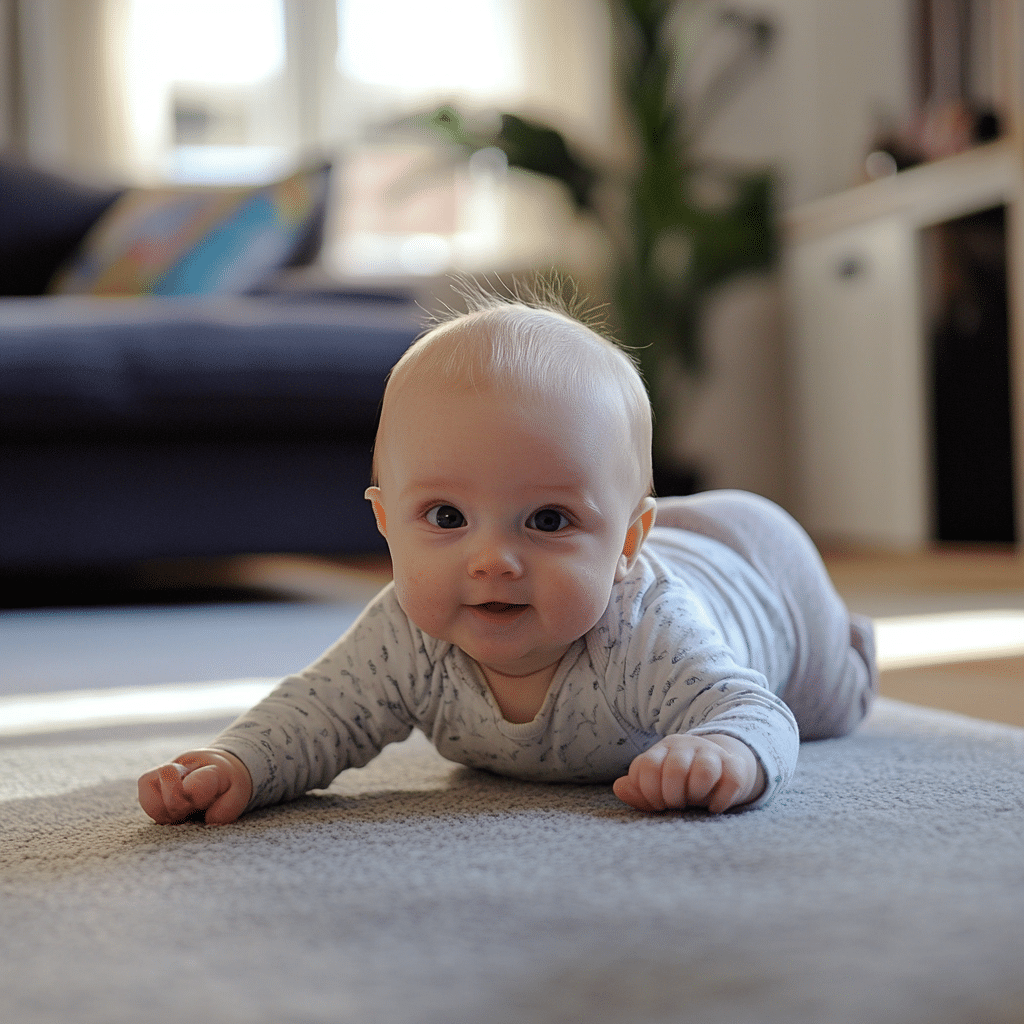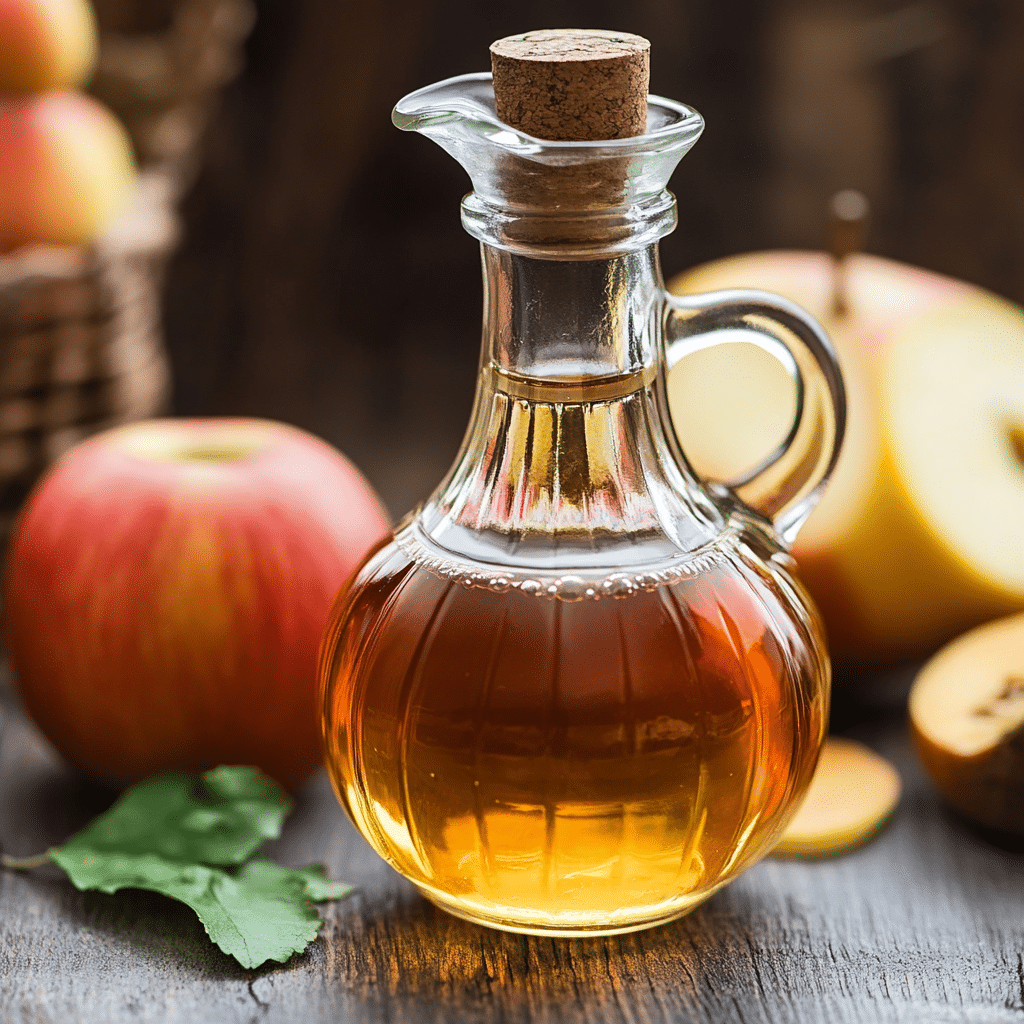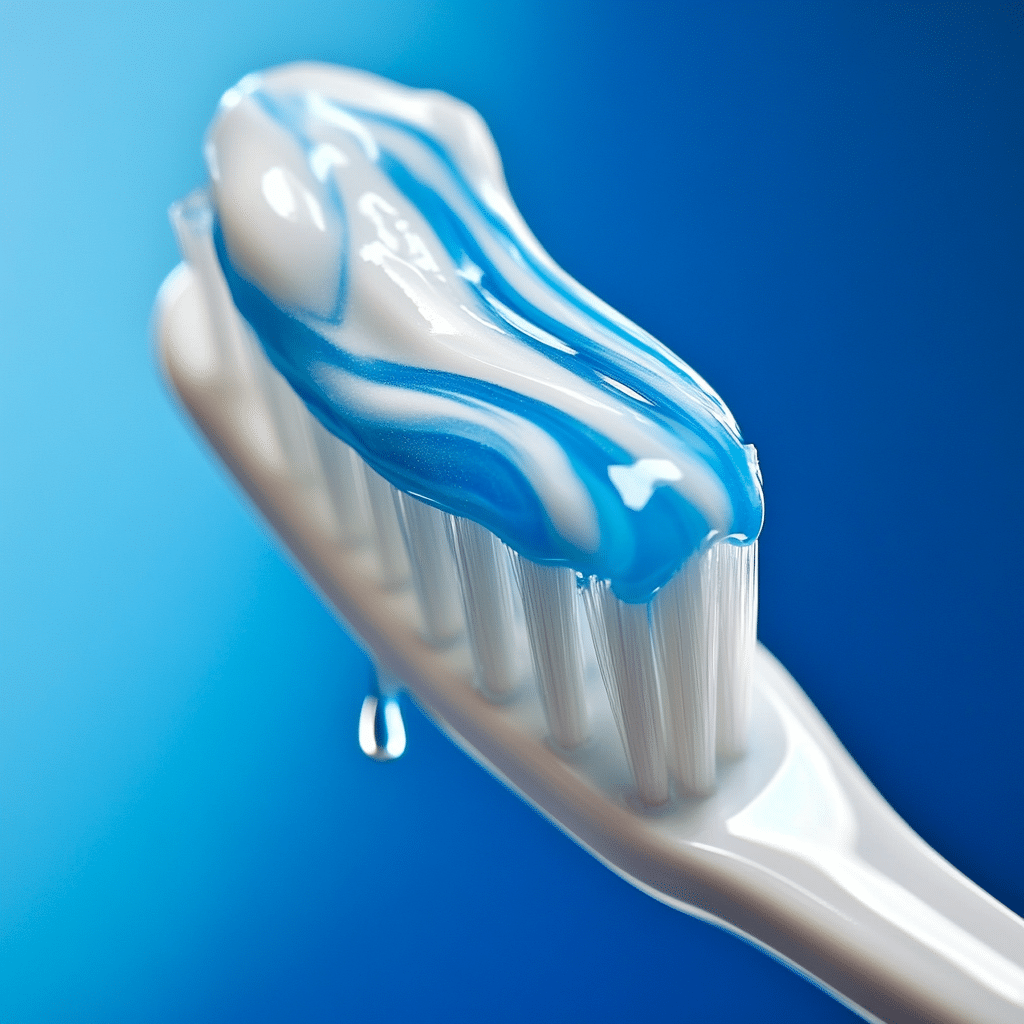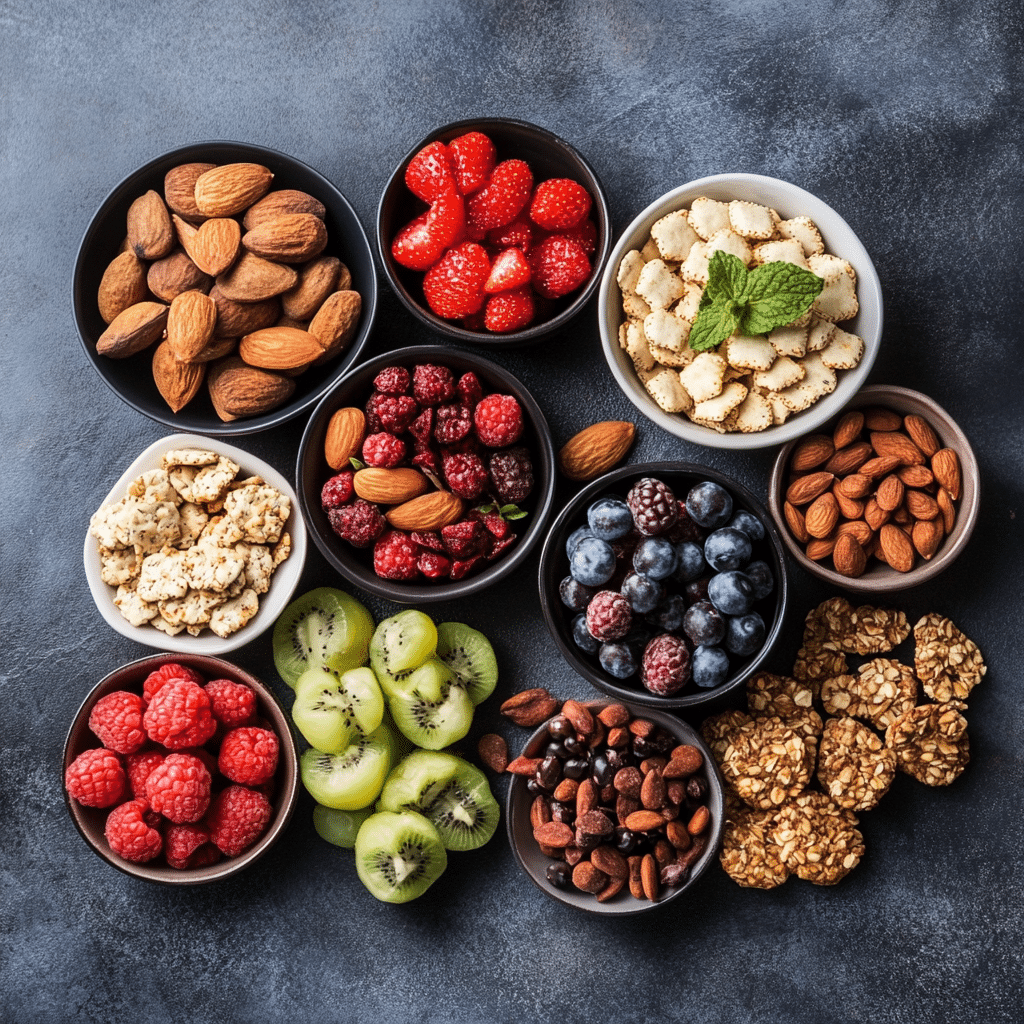Anyone looking to build a strong, chiseled physique knows that developing the upper chest is crucial. It creates that sought-after fullness and definition, making your upper body pop. One of the best techniques for achieving this is through cable flying exercises. Not only do they provide constant tension on the muscles, but they also allow for a wide range of motion. That’s where we come in! Let’s dive deep into the best practices, variations, and tips for maximizing your cable flying routine, helping you get shredded and build serious muscle.
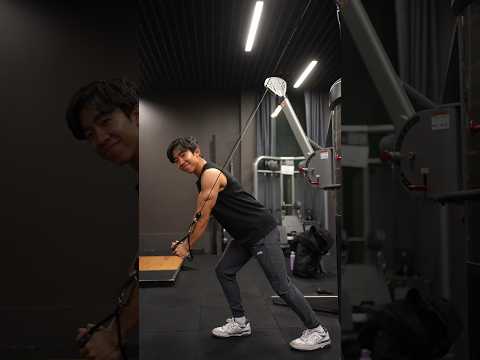
Mastering Cable Flying Techniques for Optimal Upper Chest Development
Let’s face it: mastering your cable flying technique is non-negotiable. With the right skills, you’ll target your upper chest effectively and boost overall strength. The magic lies in the details.
To start, get your cables set low and pull in an upward direction. This angle focuses on the upper fibers of your pectoralis major, known as the clavicular head. Maintaining proper form is key. Keep your elbows slightly bent throughout the movement to protect those joints, and focus on a smooth, controlled motion.
Don’t underestimate the power of breathing! Inhale as you open up the cables, and exhale as you bring them together. This method not only stabilizes your core but also enhances muscle engagement. Remember, it’s not just about moving the weights; it’s about feeling the muscles work.
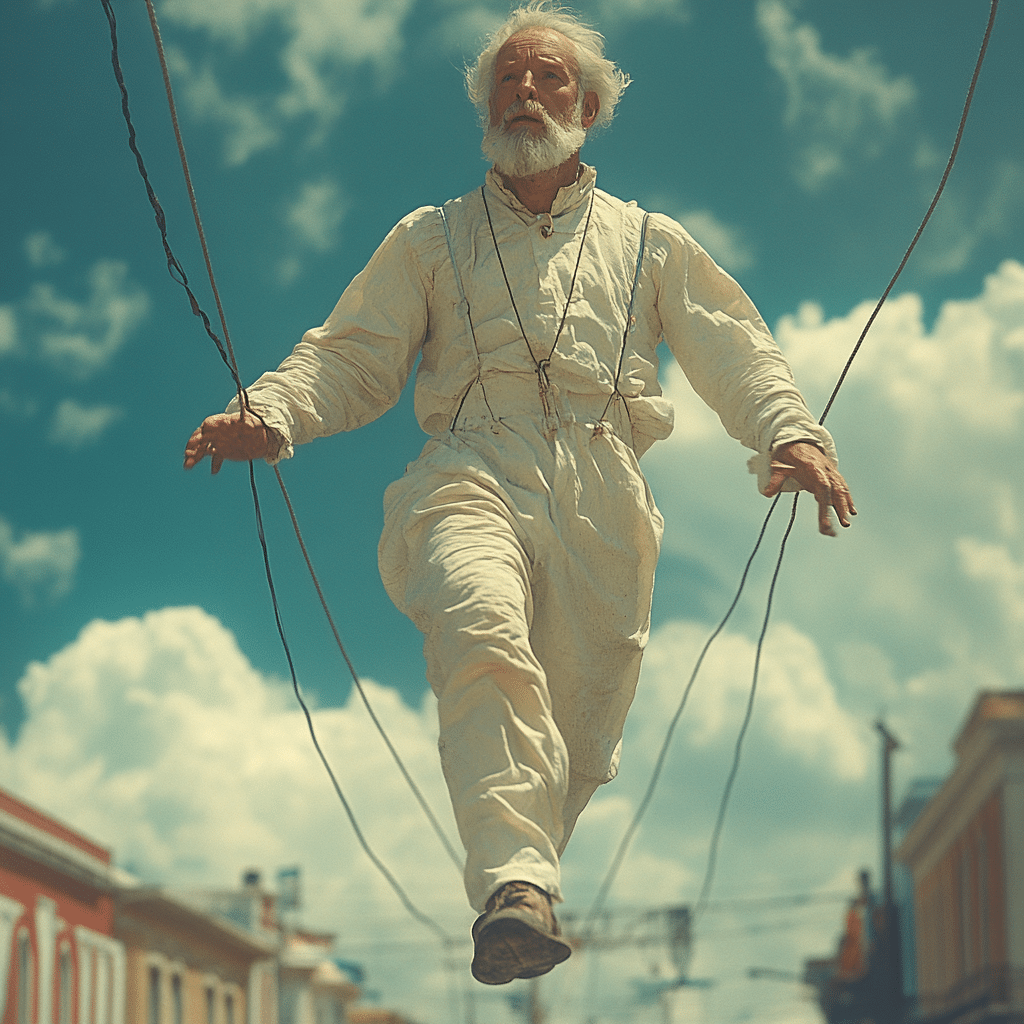
Top 7 Cable Flying Variations for Maximum Upper Chest Gains
Now that you understand the basics, let’s crank up your workouts! Here are the top seven cable flying variations you need to integrate into your fitness routine for maximum gains.
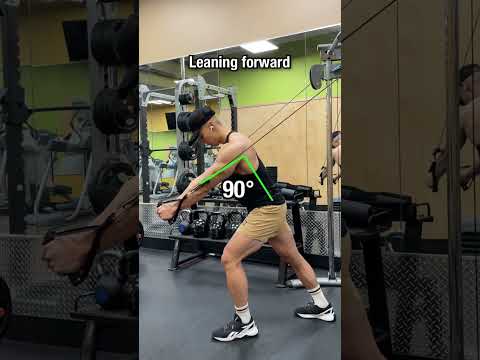
Safety and Best Practices for Cable Flying
Before you dive in, let’s talk safety. Practicing cable flying correctly is vital for reaping all those gains without injury. Start light; focus on perfecting your form before increasing the weight.
Remember, mastering the basics keeps you both strong and safe.
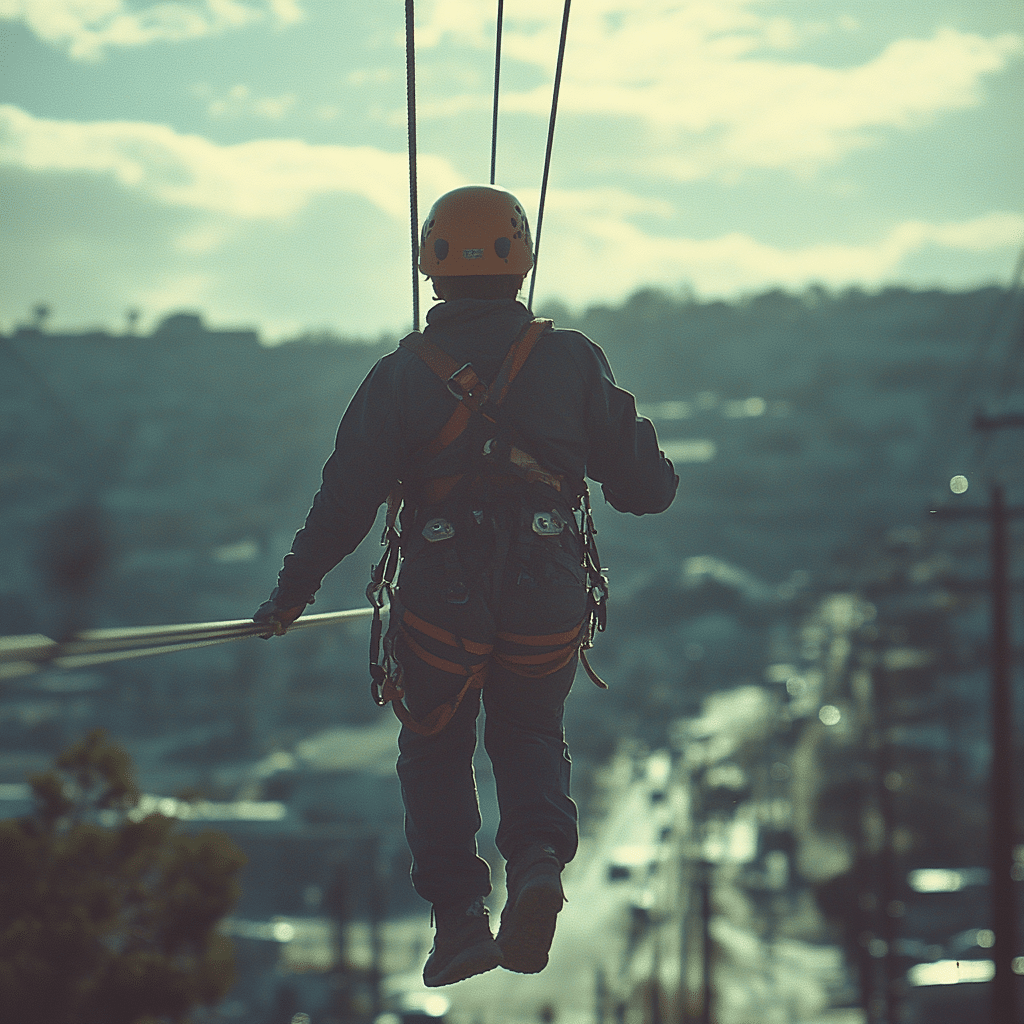
Integrating Cable Flying into Your Routine
Wondering how to make cable flying part of your workout? It’s simple! Here’s how to strategically incorporate it for optimal results:
A solid plan mixed with the right techniques is the key to growth.
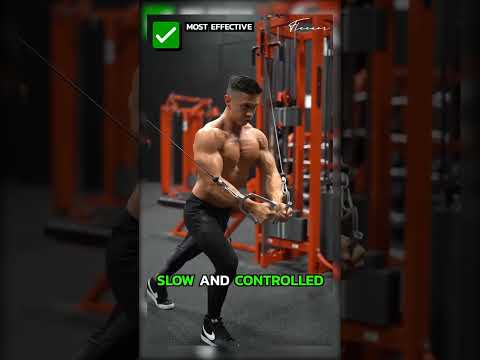
The Broader Impact: Why Cable Flying is Essential for Chest Strength
Let’s not forget: cable flying is not just an upper chest isolator; it’s a building block for overall chest strength and stability. Consistent practice enhances your mind-muscle connection, ensuring each rep counts. Engaging in various cable flying techniques combats workout plateau and keeps your routine fresh and exciting.
As you activate your upper chest, expect to see noticeable changes in muscle shape and size. Stronger upper pecs contribute to a more defined, attractive look, aligning perfectly with fitness dreams. Not to mention, working different angles and tensions benefits the synergy of your training, leading to impressive gains across the board.
Incorporating these cable flying tips will help you unlock your potential for a well-defined upper chest that demands attention. Whether your target is muscle hypertrophy, overall strength, or the aesthetic of a rippled physique, cable flying is a must-have in your arsenal. Start today, and let’s get those gains rolling!
By embracing cable flying techniques and varied exercises, you’re on a direct path to attaining the shredded, beefed-up look that Arnold would be proud of! Don’t wait; get to work now, and transform that upper body into a solid muscle machine! Whether you’re a newbie or a gym veteran, remember the essence of hard work and perseverance. Now, let’s crush those workouts!
Cable Flying: Tips and Fun Facts to Boost Upper Chest Strength
Understanding Cable Flying
Cable flying is a fantastic move for anyone looking to build upper chest strength. This exercise not only isolates the pectoral muscles but also engages stabilizers that free weights might overlook. Did you know that cable machines were first introduced in the 1950s? They paved the way for more accessible and versatile workouts, helping folks get fitter in ways that going straight to the bench press couldn’t achieve. Just like how premium callaway golf balls enhance your game by providing more control, cable flying offers precision in targeting those stubborn upper chest areas.
A Bit of Trivia on Form and Function
When you’re tackling cable flying, the key is form—think of it as sculpting your chest like a master artist would with marble. Interestingly, many trainers suggest focusing on a slow and controlled movement. This technique is reminiscent of how plus size compression socks function, providing support and stability throughout your workout. Did you know that using a lighter weight with higher reps can be more effective than pushing for heavy lifts? It’s like the philosophy behind Steven Pinker’s ideas on nuance in communication; sometimes, subtleties yield greater results.
Benefits Beyond the Gym
Now, let’s switch gears and delve into how cable flying can have benefits beyond just aesthetics. For instance, incorporating this exercise can lead to improved posture, which has a ripple effect in daily activities. Remember how Chad Rosen emphasizes commitment in his approach to fitness? Similarly, sticking with cable flying can transition you from just lifting weights to lifting your overall well-being. However, don’t forget the importance of your recovery! Engaging in active rest, like light cardio or even catching up on some YouTube to mp3 converter content for motivation, can help maintain momentum while keeping your mind fresh.
So, as you dive into those cable flying sessions, keep in mind these engaging insights. Happy lifting!
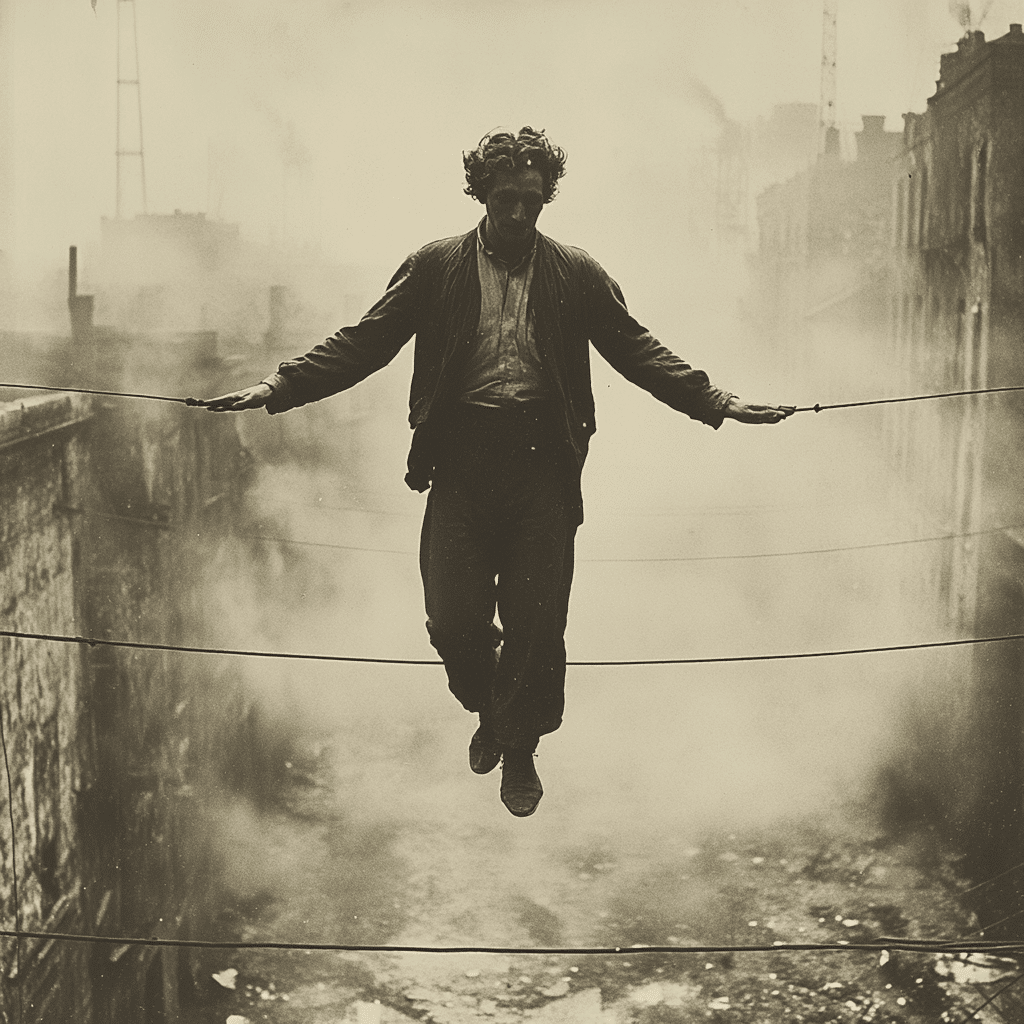
Can beginners do cable fly?
Absolutely, beginners can do cable flys. They’re a great way to target the chest without putting too much strain on the joints. Just start with a lighter weight and focus on form.
What is a cable fly?
Cable flys are an exercise where you use cables to isolate the chest muscles. By pulling the cables together in front of you, you can really work those pecs in different ways depending on the direction of the pull.
Are cable flys worth doing?
Yeah, cable flys are definitely worth doing! They help hit the chest from various angles, letting you focus on specific areas like the upper or lower chest. It’s a good addition to any chest workout.
What are the most effective cable flies?
To effectively work your chest, setting the cables low and pulling from low to high emphasizes the upper chest, while pulling from high to low targets the lower chest. Mixing it up can give you great results!
What’s a good weight for a cable fly?
A good starting weight for cable flys is usually around 10 to 20% of your body weight. It’s more important to find a comfortable weight you can handle while maintaining good form.
Are chest flys bad for shoulders?
Chest flys can strain your shoulders if you’re using too much weight or not maintaining proper form. Always listen to your body and adjust as needed to prevent injury.
How many reps of cable fly?
Aim for about 8 to 12 reps of cable flys per set. This rep range is great for building muscle while keeping things challenging.
Why do cable flys hurt my shoulders?
If cable flys hurt your shoulders, it might be a sign you’re going too heavy or your technique needs tweaking. Make sure you’re keeping your movements controlled and the weights manageable.
Is machine fly better than cable fly?
Some folks prefer machine flys, saying they offer more support and can help maintain better form, especially for beginners. But cable flys can give you more freedom of movement.
How many sets should you do per workout?
Three to four sets per workout is a solid approach for cable flys. It gives you enough volume to really feel the burn while not overdoing it.
Is cable fly better than bench press?
Cable flys and bench press both have their merits, but they hit the chest a bit differently. Cable flys isolate the pecs more, while bench press works a larger range of muscle groups, including shoulders and triceps.
How to do chest flys correctly?
To do cable flys correctly, keep a slight bend in your elbows and focus on bringing your hands together in a wide arc, squeezing your chest at the top. Control is key!
How many sets of chest per week?
Hitting your chest with about 2 to 3 sets a week can be effective for muscle growth. Just make sure you’re also giving your muscles time to rest and recover.
Are pec fly and cable fly the same?
Pec flys and cable flys aren’t exactly the same. While both target the chest, pec flys usually involve a machine, while cable flys use cables for added resistance and flexibility.
What is the purpose of cable fly?
The purpose of cable flys is to isolate and strengthen the chest muscles. They allow for a good range of motion and help develop shape and definition in your pecs.
How to do cable flys without a machine?
If you don’t have a machine, you can do cable flys with resistance bands attached to a solid anchor point. Just mimic the same motion as you would with cables.
What is the difference between a cable fly and a press?
Cable flys involve pulling the cables to meet in front of your body to target the chest, while presses involve pushing weights away from your body, engaging more muscles overall.
Are pec fly and cable fly the same?
Again, pec flys and cable flys are not the same; one typically uses a machine, while the other utilizes cables.
Are cable flys and crossovers the same?
Cable flys and crossovers are similar, as both use cables to work the chest, but crossovers usually involve pulling the cables from a higher position to a lower one, adding some variation.
Are cable machines good for beginners?
Cable machines can be a great option for beginners since they provide stability. Plus, they allow you to focus on form without worrying about balancing free weights.
Are cables easier than dumbbells?
Some folks find cables easier than dumbbells because they offer constant tension on the muscles and can feel more controlled, especially when starting out.
Should I do cable flys before bench?
It’s generally a good idea to do cable flys after bench press. This way, you can use the bench press to lift heavier with multiple muscle groups engaged, then isolate the chest with flys for a better pump.
Are chest flys better than bench press?
Chest flys and bench presses serve different purposes; chest flys are great for isolating the pecs, while bench presses are better for overall strength. It often depends on your goals!



